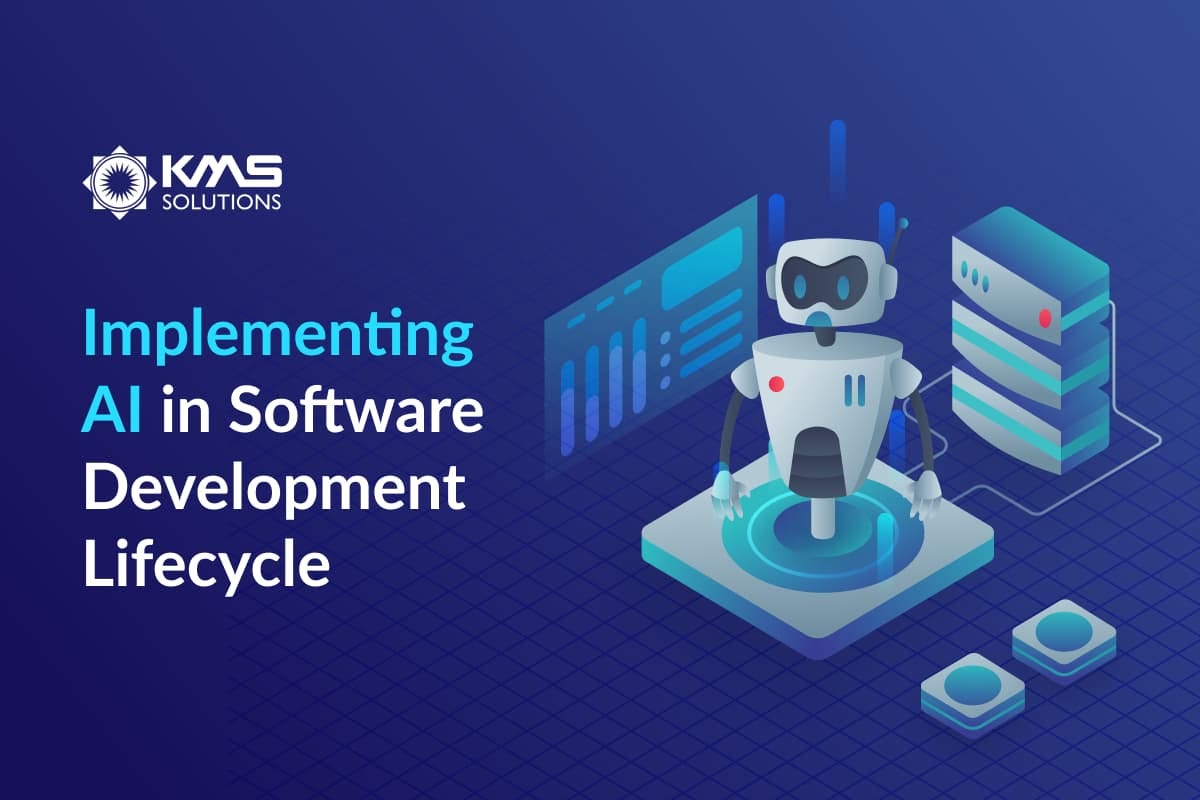AI’s potential to generate entire software applications without human intervention. – AI’s potential to generate entire software applications without human intervention is rapidly evolving, sparking both excitement and apprehension. This transformative technology promises to revolutionize software development, potentially accelerating timelines and reducing costs. However, significant hurdles remain, raising crucial questions about the role of human expertise, ethical considerations, and the very nature of software creation itself. This exploration delves into the current capabilities, limitations, and future trajectory of AI in autonomous software generation, examining the potential benefits and risks along the way.
From basic code completion to more sophisticated tasks like bug detection, AI is already proving invaluable in software development. Tools leveraging machine learning models like transformers and recurrent neural networks are becoming increasingly adept at generating code snippets and even entire modules. Yet, the complexity of designing robust, user-friendly applications extends far beyond coding. Architectural design, user experience considerations, and creative problem-solving still require the unique human touch.
The ethical implications, including potential bias in AI-generated code and the impact on the software engineering workforce, demand careful consideration as this technology matures.
Current Capabilities of AI in Software Development
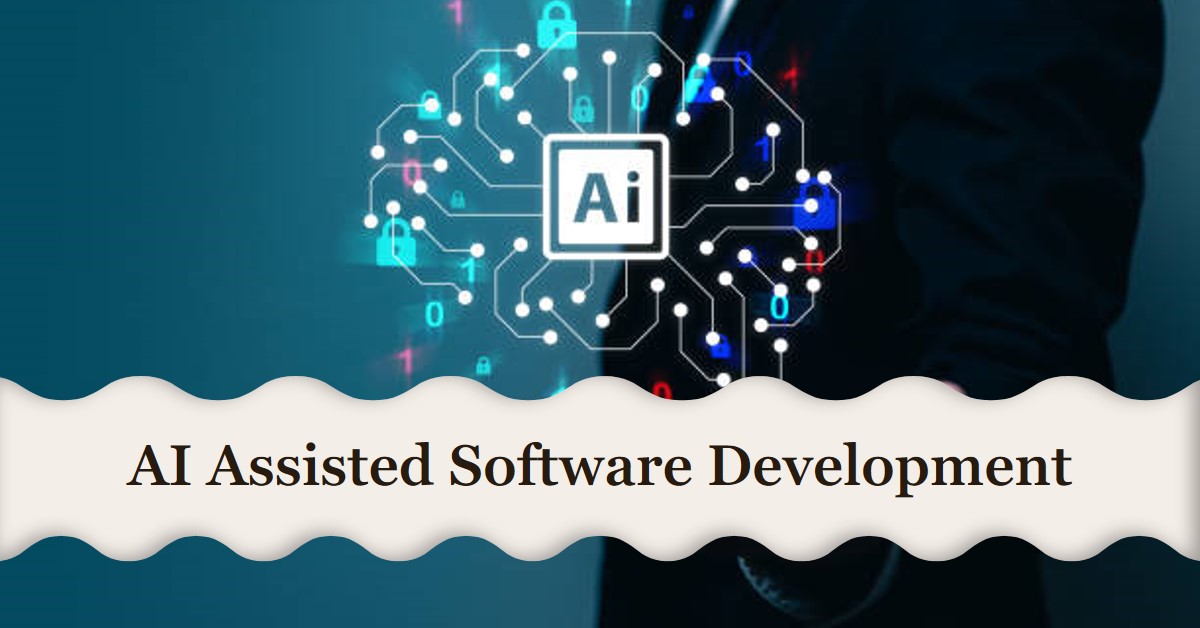
AI is rapidly transforming software development, moving beyond simple code assistance to more sophisticated capabilities. While fully autonomous application generation remains a future goal, current AI tools significantly enhance developer productivity and efficiency across various stages of the software development lifecycle. This section explores the current state-of-the-art in AI-powered software development tools and their applications.AI’s role in software creation currently centers around augmenting human developers, not replacing them.
Tools leverage machine learning algorithms to analyze codebases, predict developer intent, and automate repetitive tasks. This allows developers to focus on higher-level design and problem-solving, accelerating the development process and potentially reducing errors. The increasing sophistication of these tools is pushing the boundaries of what’s possible, promising a future where AI plays an even more integral role.
AI-Powered Code Completion and Suggestion Tools
Several AI-powered tools provide real-time code completion and suggestions, drastically improving coding speed and reducing the likelihood of syntax errors. These tools utilize large language models trained on massive datasets of code, enabling them to predict the most likely next lines of code based on context and coding style. GitHub Copilot, for instance, uses OpenAI’s Codex model to suggest entire functions or code blocks, adapting to different programming languages and coding styles.
Tabnine offers similar functionality, with support for a wide range of programming languages and IDE integrations. These tools learn from the developer’s code and adapt their suggestions accordingly, becoming increasingly accurate over time.
AI-Driven Bug Detection and Code Analysis
Beyond code completion, AI is proving invaluable in identifying and resolving bugs. Static analysis tools powered by machine learning can detect potential vulnerabilities and coding errors before runtime, improving software quality and security. DeepCode, for example, uses AI to analyze code for common vulnerabilities and suggests fixes. SonarQube also incorporates AI-powered capabilities to analyze code for bugs, vulnerabilities, and code smells.
These tools analyze code at a much deeper level than traditional static analysis tools, identifying subtle issues that might be missed by human developers.
Comparison of AI-Powered Development Environments
Different AI-powered development environments offer varying levels of integration and functionality. Some IDEs, such as VS Code, have integrated support for AI-powered extensions like GitHub Copilot and Tabnine. Others, like JetBrains IDEs, offer built-in AI-powered features such as code completion and refactoring suggestions. The choice of environment often depends on developer preference and the specific needs of the project.
While some environments offer more seamless integration, others may require more manual configuration and customization. The key differentiator lies in the depth of AI integration and the breadth of supported programming languages and frameworks.
AI Coding Tools: Functionalities and Limitations
| Tool | Functionalities | Limitations |
|---|---|---|
| GitHub Copilot | Code completion, suggestion of entire functions, support for multiple languages | Reliance on internet connection, potential for generating incorrect or biased code, subscription required |
| Tabnine | Code completion, support for multiple languages and IDEs, customizable settings | Accuracy can vary depending on the codebase and context, potential for generating less efficient code |
| DeepCode | Bug detection, vulnerability analysis, code quality improvement suggestions | May require significant training data for optimal performance, limited support for certain languages |
| SonarQube | Static code analysis, bug detection, code quality metrics | Can be resource-intensive, may produce false positives, requires configuration and setup |
Limitations of Fully Autonomous AI Software Generation
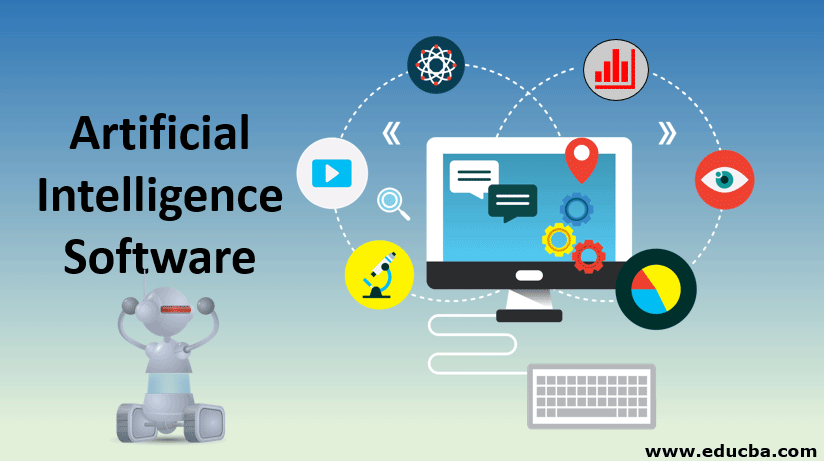
While AI is rapidly advancing its capabilities in software development, the creation of entirely autonomous systems capable of generating complete, complex applications remains a significant challenge. Current AI excels at automating specific coding tasks, but the broader aspects of software engineering necessitate human expertise and judgment that AI currently lacks. The path to fully autonomous software generation is fraught with limitations that need to be carefully considered.The complexities involved in building software extend far beyond the mere act of writing code.
AI struggles with the multifaceted nature of software design, encompassing high-level architecture, intricate user experience design, and the robust handling of unforeseen circumstances. These are areas where human creativity, problem-solving skills, and contextual understanding are indispensable.
Architectural Design Challenges
Software architecture defines the fundamental structure and organization of a system. It involves making high-level design decisions that impact scalability, maintainability, and overall performance. AI struggles with this strategic level of design because it requires anticipating future needs and making trade-offs between competing requirements. For instance, choosing the right database technology or designing a microservices architecture demands a deep understanding of the application’s purpose, anticipated scale, and potential future growth – aspects that are difficult for current AI models to fully grasp.
AI can assist in code generation within a given architecture, but it cannot reliably design the architecture itself from scratch, especially for complex systems.
User Experience Limitations
Creating a user-friendly and intuitive interface is crucial for the success of any software application. AI can generate code for basic UI elements, but it lacks the capacity to design a truly engaging and effective user experience. This involves understanding human psychology, anticipating user needs, and conducting usability testing—all areas requiring human intuition and creativity. An AI might generate a functional interface, but it’s unlikely to produce one that is aesthetically pleasing, intuitive, and accessible to a wide range of users without extensive human oversight and iterative refinement.
Handling Unforeseen Circumstances and Edge Cases
Real-world software applications encounter unexpected situations and edge cases that require creative problem-solving and adaptability. AI, trained on existing datasets, may struggle to handle completely novel scenarios or situations that deviate significantly from its training data. For example, an AI might fail to anticipate a security vulnerability or a specific user error that would require a sophisticated error-handling mechanism.
The ability to anticipate and gracefully handle these unforeseen events remains a uniquely human skill, demanding both experience and nuanced understanding of the application’s context.
The Indispensable Role of Human Creativity and Problem-Solving
Software development often requires innovative solutions to complex problems, often involving unexpected roadblocks and the need for creative workarounds. While AI can assist in automating repetitive tasks, it currently lacks the ability to generate truly original solutions or to adapt to rapidly changing requirements. Human developers bring creativity, intuition, and critical thinking to the table, allowing them to devise elegant and efficient solutions that AI systems cannot replicate.
The ability to think outside the box and approach problems from different perspectives remains a critical human advantage in software development.
Examples of Essential Human Intervention
Consider the development of a sophisticated medical diagnosis system. AI can assist in analyzing medical images and identifying patterns, but the final diagnosis and treatment plan require the expertise and judgment of a human doctor. Similarly, building a self-driving car necessitates human oversight to handle unexpected situations and ensure safety. AI can manage routine driving tasks, but the complexity of real-world scenarios demands human intervention to address unforeseen events or make critical decisions in emergency situations.
These examples highlight that while AI is a powerful tool, it cannot completely replace the human element in software development, especially in safety-critical applications.
Specific AI Techniques for Code Generation
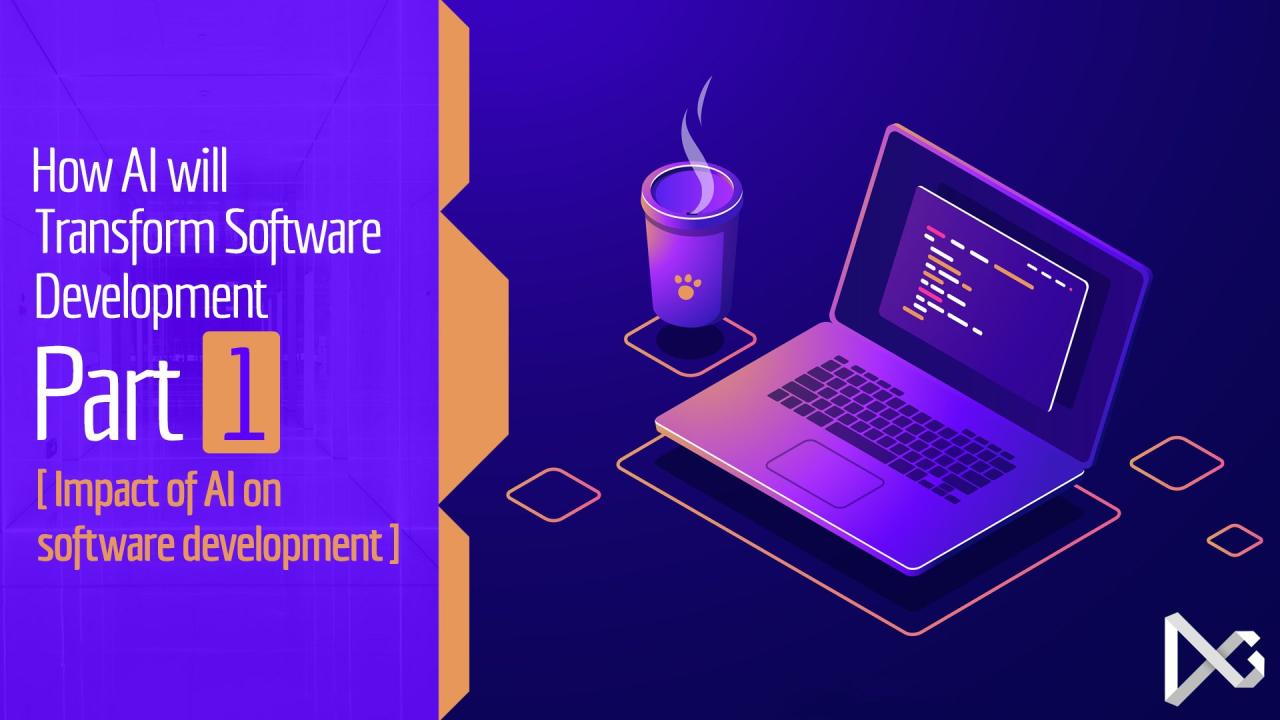
AI-driven code generation leverages sophisticated machine learning models to automate aspects of software development. These models learn patterns and structures from vast datasets of code, enabling them to generate new code snippets, functions, or even entire programs. The choice of model and the quality of training data significantly impact the effectiveness and accuracy of the generated code.The core of AI code generation lies in the application of deep learning architectures.
These models excel at identifying complex relationships within codebases, far exceeding the capabilities of traditional rule-based systems.
Transformer Models for Code Generation
Transformer models, initially developed for natural language processing, have proven highly effective in code generation. Their ability to handle long-range dependencies and contextual information is crucial for understanding the intricate structure of code. Models like Codex (the model powering GitHub Copilot) and other large language models (LLMs) are based on the transformer architecture. These models employ a mechanism called self-attention, allowing them to weigh the importance of different parts of the input code when generating output.
This allows for the generation of more coherent and contextually relevant code. For example, a transformer model can accurately predict the next line of code based on the preceding lines and the overall context of the function or program.
Recurrent Neural Networks (RNNs) for Code Generation
Recurrent Neural Networks, particularly Long Short-Term Memory (LSTM) networks and Gated Recurrent Units (GRUs), were among the earliest models used for code generation. RNNs process sequential data effectively, making them suitable for generating code, which is inherently sequential. However, RNNs often struggle with long-range dependencies in code, meaning they may not effectively capture the relationships between distant parts of a program.
This limitation has contributed to the rise of transformer models in recent years. An example of an RNN application in code generation would be predicting the next token in a sequence of code based on the preceding tokens. While effective for smaller tasks, their performance on large and complex programs is less impressive than transformer-based models.
Training Data Requirements for AI-Driven Code Generation
Effective AI-driven code generation relies heavily on the quality and quantity of training data. The training data must encompass a wide range of programming languages, coding styles, and programming paradigms. Datasets should include well-commented and well-structured code to facilitate learning of best practices. The sheer size of the dataset is also critical; larger datasets generally lead to better model performance.
Furthermore, the diversity of the data is paramount. A dataset that only includes code from a single project or a narrow domain will limit the model’s ability to generalize to new tasks and programming styles. A high-quality training dataset might include millions of lines of code from open-source repositories, covering various projects and programming languages.
Performance Comparison of AI Models Across Programming Languages and Tasks
The performance of different AI models varies depending on the programming language and the specific task. Transformer models generally outperform RNNs in tasks requiring understanding of long-range dependencies, such as generating large functions or entire programs. However, even transformer models can struggle with certain languages or tasks that require a deep understanding of domain-specific knowledge. For instance, a model trained primarily on Python code might not perform as well when generating code in C++ or Java, which have different syntaxes and paradigms.
Similarly, generating code for highly specialized tasks, such as embedded systems programming or high-performance computing, might require additional training data and model fine-tuning. Benchmarking studies often reveal that performance is strongly correlated with the size and quality of the training dataset. Larger datasets, encompassing a broader range of code styles and programming languages, usually lead to improved performance across different tasks.
A Hypothetical Workflow for AI-Assisted Software Development
A typical workflow for AI-assisted software development involves a collaborative approach between human developers and AI tools. The developer initially defines the high-level requirements and design of the software. The AI tool then assists in generating code snippets, functions, or even entire modules based on the provided specifications. The human developer reviews the generated code, makes necessary modifications, and integrates it into the overall software architecture.
This iterative process involves continuous feedback from the developer to refine the AI’s output and ensure its correctness and adherence to coding standards. For instance, a developer might use an AI tool to generate a basic implementation of a sorting algorithm, then review and optimize the code for performance and readability. This iterative refinement process is crucial for ensuring the quality and reliability of the generated software.
This collaborative approach leverages the strengths of both human creativity and AI’s automation capabilities, leading to improved development efficiency and code quality.
Ethical and Societal Implications: AI’s Potential To Generate Entire Software Applications Without Human Intervention.
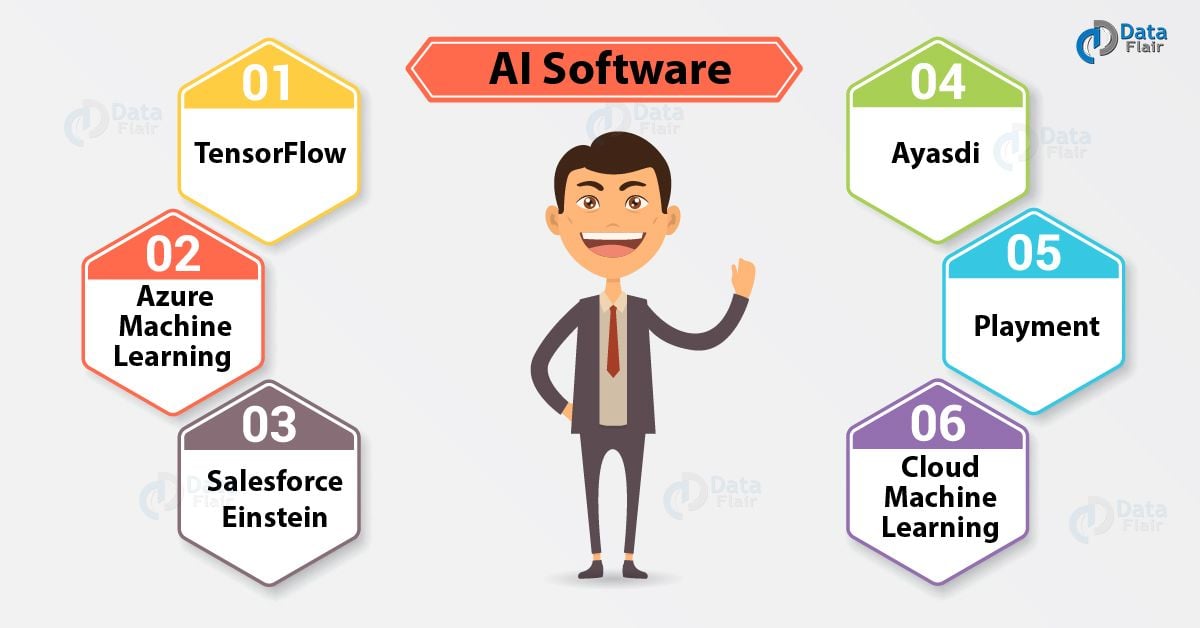
The increasing capability of AI to generate entire software applications without human intervention raises significant ethical and societal concerns. The potential benefits are undeniable, promising increased efficiency and productivity in software development. However, these advancements must be carefully considered alongside the potential risks and unintended consequences. Failure to proactively address these issues could lead to unforeseen challenges and exacerbate existing societal inequalities.The automation of software development, while potentially boosting efficiency, also introduces a range of ethical dilemmas that require careful consideration and proactive mitigation strategies.
These implications extend across several key areas, including potential biases in generated code, job displacement within the software engineering field, and the complex legal landscape surrounding intellectual property rights.
AI Bias in Code Generation
AI models are trained on vast datasets of existing code, which may reflect and amplify existing societal biases present in the data. This can lead to AI-generated code that perpetuates or even exacerbates discriminatory outcomes. For instance, an AI trained on a dataset predominantly featuring code from a specific demographic might generate code that disproportionately favors that group, potentially leading to unfair or discriminatory applications.
Mitigation strategies include carefully curating training datasets to ensure diversity and representation, developing techniques to detect and mitigate bias in generated code, and employing rigorous testing and auditing processes. Regular audits of the generated code for potential biases, coupled with diverse testing teams, are crucial in identifying and correcting these issues.
Job Displacement in Software Engineering, AI’s potential to generate entire software applications without human intervention.
The potential for AI to automate significant portions of software development raises concerns about job displacement within the software engineering profession. While some argue that AI will augment human capabilities, leading to new roles and opportunities, others fear widespread job losses. The transition will likely require significant reskilling and upskilling initiatives to prepare software engineers for new roles focused on AI system oversight, maintenance, and ethical considerations.
The historical shift from manual labor to automation offers a cautionary tale; proactive measures are necessary to minimize disruption and ensure a just transition for affected workers. Examples include government-sponsored retraining programs and collaborations between industry and academia to develop new curricula.
Intellectual Property Rights in Autonomous Software Generation
The question of intellectual property rights in the context of fully autonomous software generation is complex and largely uncharted territory. Who owns the copyright to software generated entirely by an AI? Is it the AI developer, the company deploying the AI, or even the AI itself (a concept that raises further philosophical questions)? Current copyright laws are largely based on human authorship, leaving a legal gray area when AI is the sole creator.
This ambiguity needs clarification through legislation and judicial precedents to protect both creators and users of AI-generated software. Clear guidelines are needed to prevent disputes and ensure the responsible development and deployment of AI in software development.
Risks and Benefits of Widespread AI Adoption in Software Development
The widespread adoption of AI in software development presents a range of both risks and benefits. Careful consideration of these factors is crucial for responsible innovation.
- Benefits: Increased efficiency and productivity, reduced development costs, faster time to market, potential for more innovative and creative software solutions, improved software quality through automated testing and bug detection.
- Risks: Job displacement in software engineering, potential for biased and discriminatory software, increased reliance on complex and potentially opaque AI systems, challenges to intellectual property rights, potential for misuse of AI-generated software for malicious purposes (e.g., creating sophisticated malware), difficulty in ensuring accountability and responsibility for errors or biases in AI-generated code.
Future Directions and Research
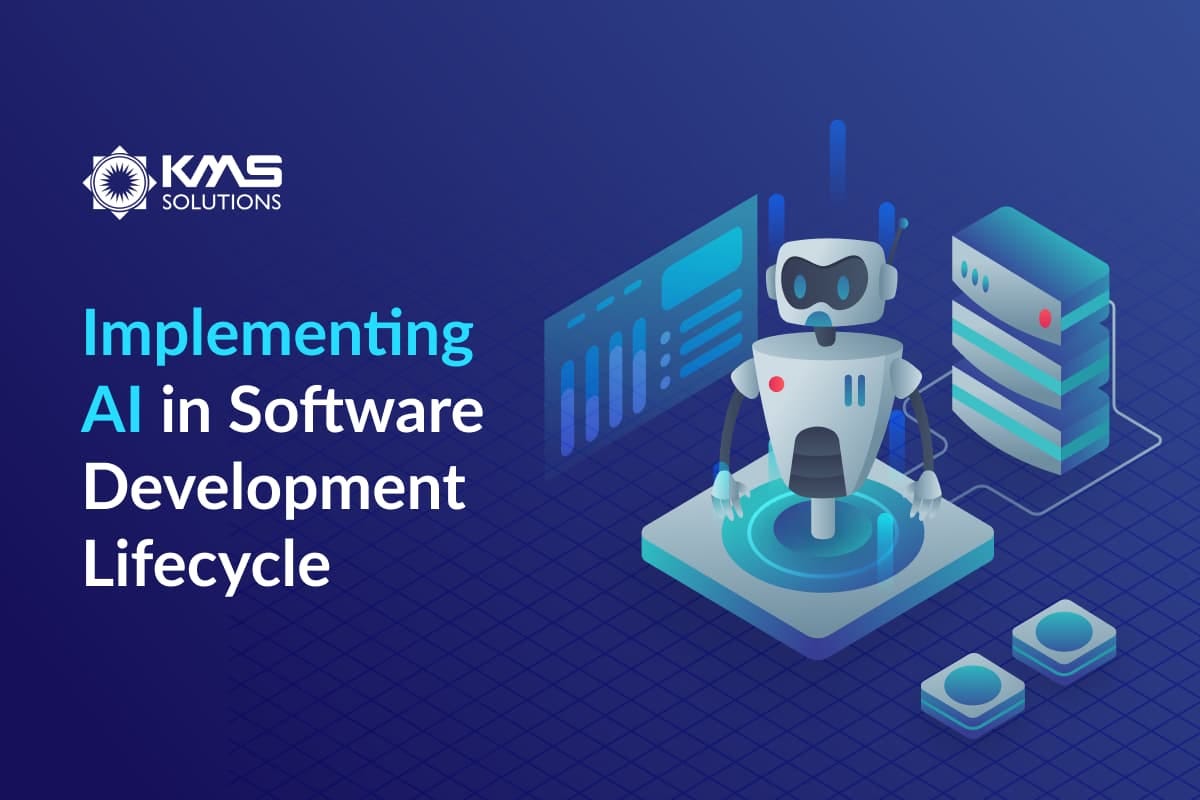
The journey towards fully autonomous AI software generation is far from over. Significant advancements are needed in several key research areas to bridge the gap between current capabilities and the vision of AI-driven software development. This requires a multi-pronged approach focusing on enhancing AI’s understanding of software requirements, improving its code generation capabilities, and addressing the ethical considerations inherent in such a transformative technology.The most pressing challenges lie in improving AI’s ability to comprehend complex, nuanced software requirements, handle unforeseen circumstances during the development process, and ensure the generated code is robust, secure, and maintainable.
Overcoming these limitations requires a deeper integration of AI with software engineering best practices and a more sophisticated understanding of the entire software lifecycle.
Advanced Program Synthesis Techniques
Current AI code generation techniques often struggle with complex logic and intricate interactions within a software system. Future research should focus on developing more advanced program synthesis methods, possibly leveraging techniques from formal methods and automated theorem proving to ensure correctness and reliability. This could involve exploring novel approaches such as reinforcement learning with richer reward functions that prioritize not only functionality but also code quality, maintainability, and security.
For example, research into differentiable programming and its application to program synthesis could enable the training of AI models that can directly optimize code for specific performance characteristics, such as execution speed or memory usage.
Enhanced Contextual Understanding and Reasoning
A significant limitation of current AI code generators is their limited understanding of the broader context in which software operates. Future research needs to focus on enhancing AI’s ability to reason about the domain knowledge, user requirements, and overall system architecture. This could involve integrating AI with knowledge graphs, natural language processing (NLP) systems capable of interpreting complex specifications, and semantic reasoning engines that can infer relationships between different parts of the system.
Consider a scenario where an AI is tasked with generating a financial application; an enhanced contextual understanding would allow it to not only generate the code but also to understand and adhere to relevant financial regulations and security protocols.
Robustness, Security, and Maintainability of AI-Generated Code
The security and maintainability of AI-generated code are critical concerns. Future research should focus on developing techniques to ensure the generated code is free from vulnerabilities and is easily understood and modified by human developers. This could involve integrating static and dynamic analysis tools into the AI code generation pipeline, developing methods for automatically generating comprehensive documentation, and creating techniques for explaining the reasoning behind the AI’s code generation decisions.
For instance, the development of explainable AI (XAI) techniques is crucial to allow developers to understand and debug the AI-generated code, improving trust and reducing the risk of introducing vulnerabilities.
Vision for the Future of Software Development
In the next decade, we envision a future where AI acts as a powerful collaborative partner to human developers, significantly accelerating the software development process. AI will handle routine tasks, generate large portions of code, and assist in debugging and testing, allowing human developers to focus on higher-level design, architecture, and innovation. This will lead to faster development cycles, reduced costs, and potentially the creation of entirely new types of software applications that are currently beyond our reach.
The role of human developers will shift from writing code to guiding and managing the AI, ensuring the quality, security, and ethical implications of the software are addressed.
Projected Evolution of AI’s Role in Software Development (Visual Representation)
The illustration would be a timeline graph spanning the next decade (2024-2034). The X-axis represents the years, and the Y-axis represents the level of AI involvement in software development, ranging from “minimal” to “extensive.”* 2024-2026 (Minimal AI Involvement): The graph shows a low level of AI involvement, represented by a low line on the Y-axis. This phase represents AI primarily used for code completion and simple bug detection.* 2027-2029 (Increasing AI Assistance): The line on the graph rises steadily, indicating increased AI involvement.
This phase shows AI handling more complex tasks like generating basic modules and assisting with testing. Examples like GitHub Copilot’s increased capabilities are represented here.* 2030-2032 (Significant AI Collaboration): The line sharply increases, representing a significant leap in AI capabilities. AI is now a major collaborative partner, generating large portions of code, suggesting architectural designs, and assisting in complex debugging.* 2033-2034 (Extensive AI Automation): The line reaches the “extensive” level on the Y-axis, indicating a high degree of automation.
AI generates entire applications autonomously, with human developers primarily overseeing the process and ensuring ethical considerations are met. This phase showcases the potential for fully autonomous code generation for simpler applications.The graph’s overall shape is an upward curve, representing the gradual but significant increase in AI’s role over the next decade. Key milestones or breakthroughs in AI research could be marked on the graph with annotations.
This visual representation clearly depicts the anticipated transition from minimal AI assistance to extensive AI automation in software development.
Epilogue
The prospect of AI generating entire software applications without human intervention presents a paradigm shift in software development. While current limitations highlight the continued need for human expertise in areas like design and complex problem-solving, the rapid advancements in AI code generation are undeniable. The future likely involves a collaborative human-AI partnership, leveraging the strengths of both to create more efficient, innovative, and ethical software solutions.
Navigating the ethical and societal implications will be crucial in harnessing the full potential of this transformative technology responsibly.

